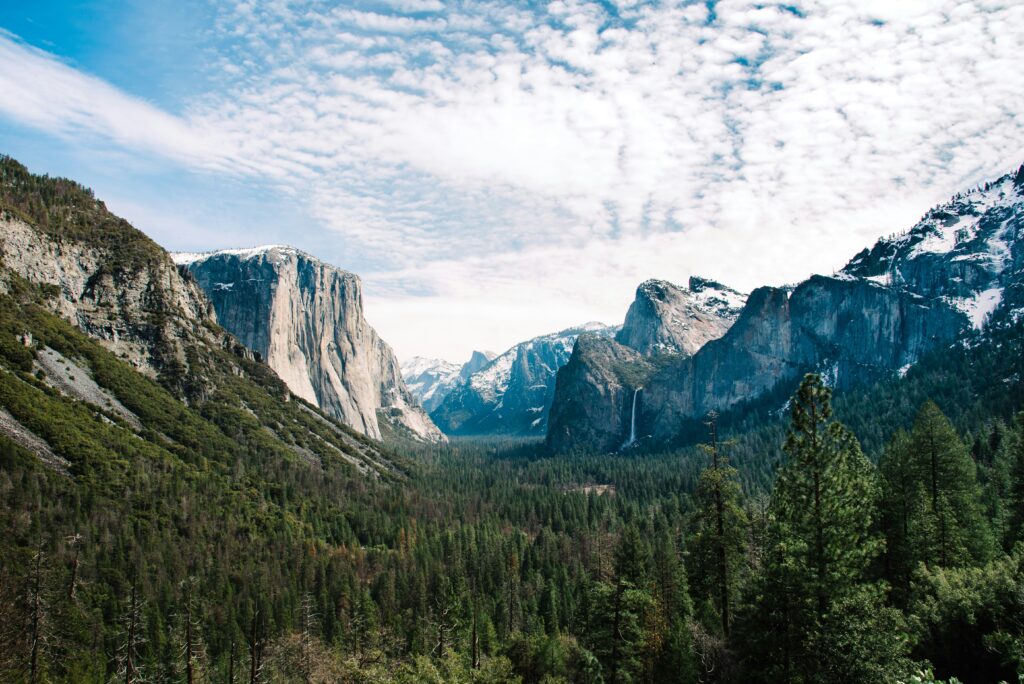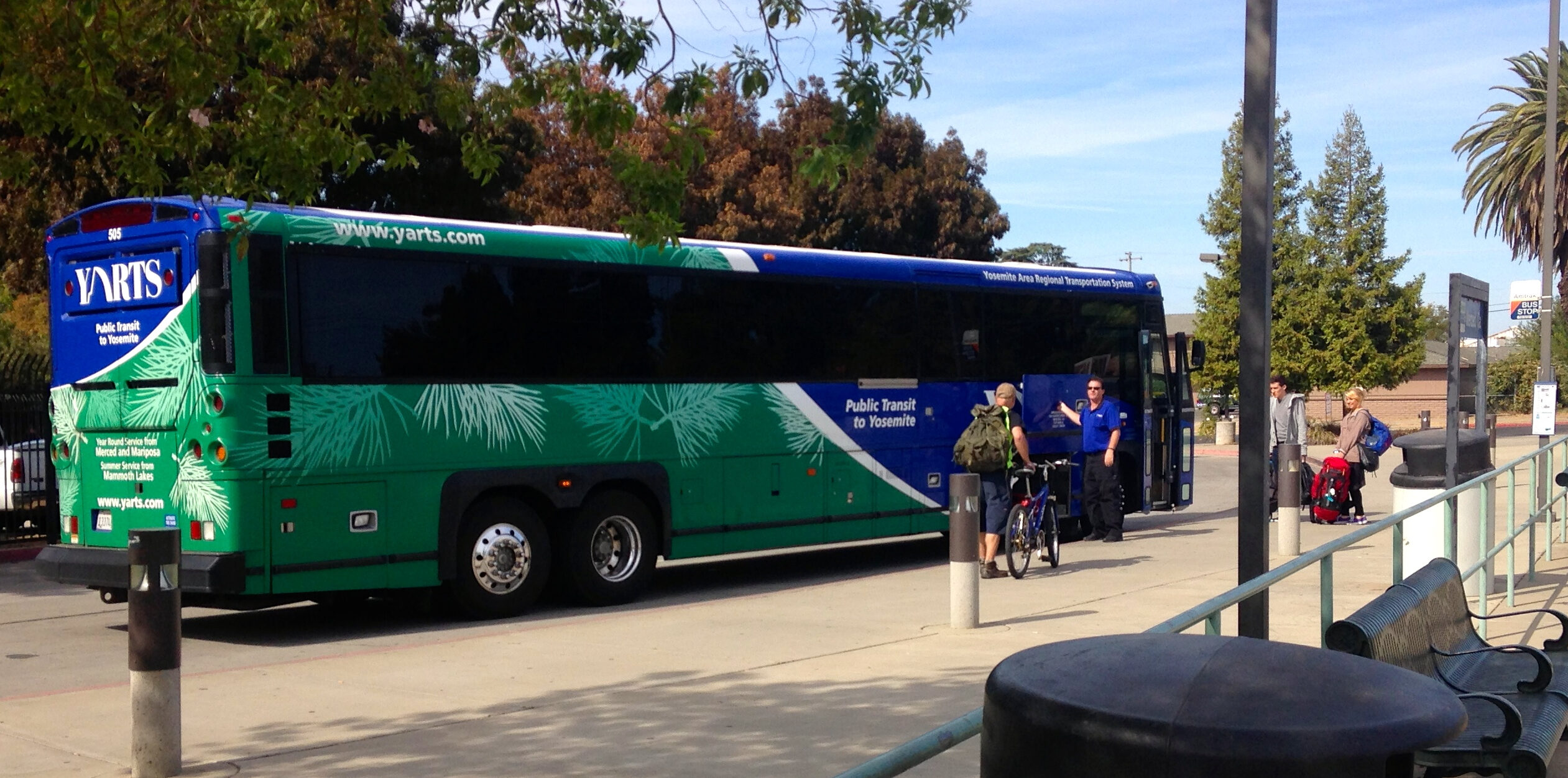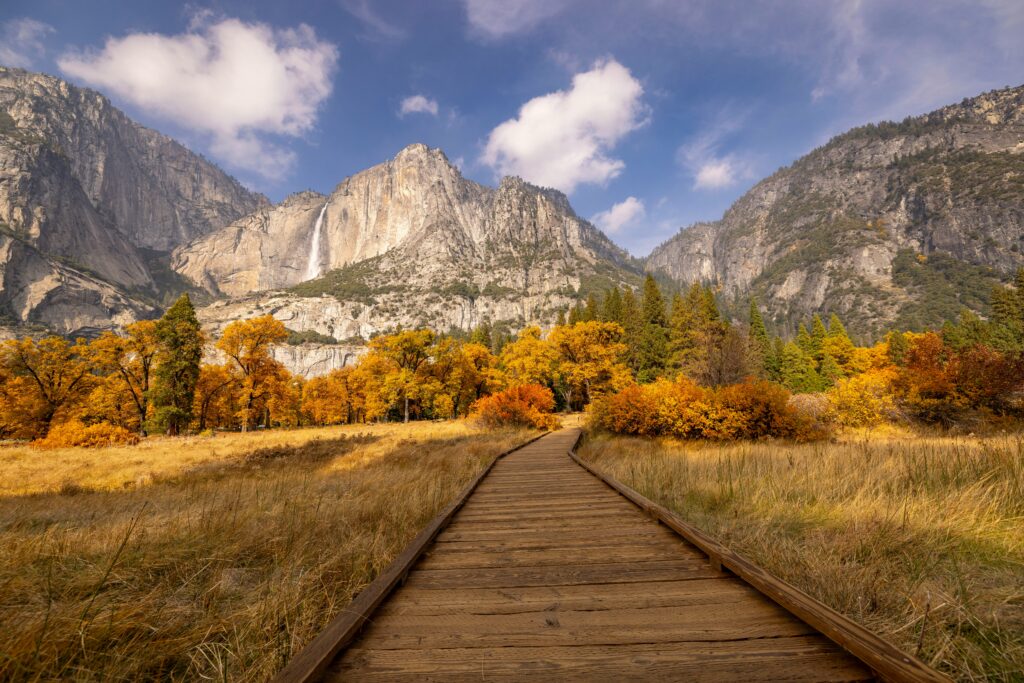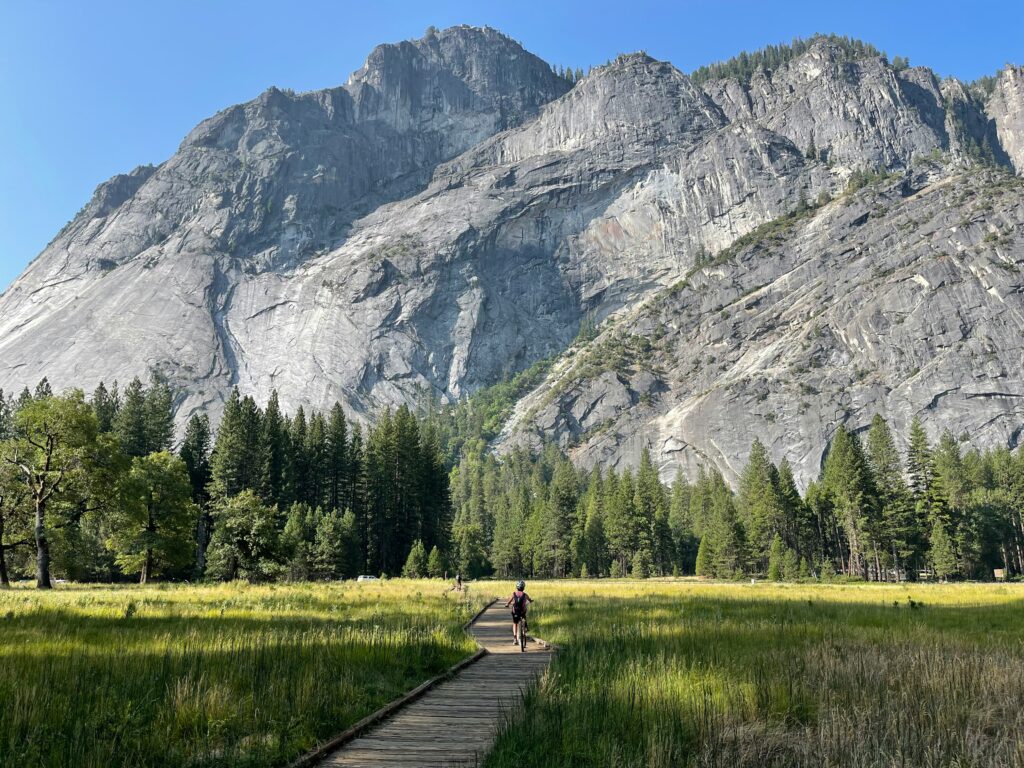
5 Ways to Minimize Your Carbon Footprint While Trekking in Yosemite
Here’s a reality check: Yosemite National Park sees more than four million visitors annually.
That’s a staggering number of boots on trails, cars in parking lots, and potential stress on ecosystems that took millennia to develop. The cumulative effect of all these visits? It can push the park’s fragile environmental balance to its limits if visitors aren’t mindful.
But there’s genuinely encouraging news for you. Those iconic granite formations and cascading waterfalls you’re dying to experience? You can absolutely enjoy them while simultaneously safeguarding them for your kids and their kids.

Throughout this piece, we’ll walk through five actionable approaches to minimize carbon footprint in Yosemite adventures, covering everything from how you get there to actively participating in conservation work. None of this is rocket science, just thoughtful modifications that transform your trip into something more sustainable. Are you prepared to lighten your ecological load?
Consider this striking fact: the Sierra Nevada Region’s snowpack feeds into water systems that sustain ecosystems, provide drinking water to more than 25 million Californians, and irrigate millions of agricultural acres across the state (Union of Concerned Scientists, April 2024). When you frame it that way, each environmentally conscious decision you make carries genuine weight.
Choose Carbon-Neutral Transportation Options
Let’s be direct: getting yourself to Yosemite likely represents the largest slice of your trip’s carbon output, so we should address it head-on. The transportation choices you make before your boots ever touch dirt can fundamentally shift your sustainability profile.

Take the YARTS Bus System
The Yosemite Area Regional Transportation System provides both an economical and environmentally sound method for accessing the park. YARTS operates buses from multiple gateway towns, removing the need for dozens of individual car journeys. One fully-loaded bus essentially replaces up to 40 separate vehicles, slashing emissions substantially while you kick back and take in mountain views through the window.
Plenty of seasoned outdoor enthusiasts lower their ecological footprint by reserving spots on Yosemite trekking tours that include group transport, meaningfully reducing per-person emissions. When you join these coordinated excursions, you’re typically traveling in fuel-efficient vehicles along routes specifically mapped to minimize excessive driving once inside park boundaries.
Carpool with Fellow Adventurers
Driving yourself? Fill every available seat; it genuinely matters. Four passengers sharing one vehicle generate approximately 75% fewer carbon emissions per individual compared to four separate cars making the same journey. Leverage platforms like Rideshare or tap into hiking communities on social channels to locate carpooling partners with overlapping Yosemite dates.
Consider Electric Vehicle Options
The park has recently added several EV charging stations at high-traffic spots. Got access to an electric vehicle? You’ll dramatically cut your emissions versus traditional gas-powered transportation. Just build in extra time; charging isn’t instant, so you’ll need to adjust your schedule accordingly.
After you’ve tackled the transportation piece, what you stuff into your backpack becomes your next sustainability challenge.

Pack Zero-Waste Gear for Your Trek
Your backpack essentially broadcasts your environmental values. The gear choices you make directly reduce waste generation and frequently deliver better trail performance.
Select Durable Multi-Use Equipment
High-quality equipment endures for years, not just a season or two. Companies like Patagonia and REI Co-op manufacture products from recycled content that’ll withstand countless expeditions. Sure, that premium jacket hits your wallet harder initially, but you’re not replacing it every other year like bargain-bin alternatives.
Bring Reusable Food and Water Containers
Eliminate single-use plastics completely from your packing list. Stock up on silicone storage pouches, stainless steel bottles, and beeswax wraps for trail provisions. Yosemite’s natural water sources are exceptional. Simply carry a portable filter or purification tablets and refill from streams rather than lugging disposable plastic bottles.
Choose Solar-Powered Devices
Solar-powered chargers and headlamps remove your dependence on throwaway batteries. They’re dependable, pack light, and ideal for extended backcountry trips. When the sun serves as your energy source, you’ll never face a dead battery crisis.
Bringing appropriate gear definitely matters, but applying it responsibly through elevated Leave No Trace principles truly exemplifies eco-friendly trekking in Yosemite methodology.
Follow Advanced Leave No Trace Practices
Standard Leave No Trace principles? That’s merely your baseline for minimizing trail impact. Let’s dig deeper into practices that genuinely protect Yosemite’s vulnerable landscapes.
Dispose of Waste Properly
Carry out absolutely everything you carry in, and yes, we mean everything. Food remnants are included, which attract wildlife and mess with their natural feeding patterns. For human waste in remote backcountry zones, deploy WAG bags when you’re above treeline or close to water bodies. They’re admittedly not pleasant, but they’re essential.
Here’s an unsettling data point most people haven’t heard: 2015 marked the first year since measurements began in 1942 that no snow was recorded on April 1 (Union of Concerned Scientists, April 2024). Climate change is demonstrably altering Yosemite’s ecosystems right now, which makes every conservation action critical.
Stay on Marked Trails
Venturing off established paths damages soil structure and plant life that requires literally decades to regenerate. Remain on designated trails, even when they’re muddy or congested. Your hiking boots compact soil and destroy plant root systems, interfering with the natural carbon sequestration occurring underground.

Use Eco-Certified Products
Standard soaps and chemical sunscreens pollute Yosemite’s otherwise pristine waterways. Opt for biodegradable, phosphate-free products explicitly rated for wilderness environments. Even better, skip soap altogether for brief trips and switch to mineral-based sunscreen formulations that won’t damage aquatic ecosystems.
Beyond your on-trail behavior, the timing of your visit holds equal significance for implementing sustainable hiking tips Yosemite personnel advocate.
Time Your Visit Wisely
Tactical timing alleviates overcrowding and protects stressed ecosystems during peak visitor pressure. Intelligent scheduling benefits both your experience and park health.
Visit During Shoulder Seasons
The months of April through May and September through October deliver thinner crowds and reduced strain on park infrastructure. You’ll discover available campsites, minimal shuttle delays, and more tranquility on popular routes. Wildlife observation frequently improves too, absent summer’s overwhelming visitor numbers.

Explore Less-Crowded Trails
Everyone wants their Half Dome and Yosemite Falls photos, understandably. However, lesser-known treasures like Lukens Lake and North Dome provide remarkable scenery with just a fraction of the foot traffic. Distributing visitors across more diverse trails gives heavily-impacted areas crucial recovery time from erosion and vegetation trampling.
Strategic timing minimizes your footprint, but actively contributing to preservation efforts elevates you into a genuine park guardian and directly helps reduce environmental impact Yosemite experiences from tourism pressure.

Support Park Conservation Efforts
Progressing beyond merely minimizing damage to actively contributing to help creates the most meaningful difference. Yosemite provides multiple pathways for giving back throughout your stay.
Join Volunteer Programs
The Yosemite Conservancy coordinates trail maintenance sessions where you can assist with repairing erosion damage, eliminating invasive plant species, or rehabilitating impacted zones. Dedicating just a few hours of volunteer labor during your visit produces tangible improvements while forging deeper connections with the landscape you’re exploring.
Practice Wildlife-Safe Hiking
Appropriate food storage protocols prevent bears and other creatures from developing dependencies on human food sources, which frequently results in their relocation or euthanization. Utilize bear canisters in backcountry settings and secure lockers at developed campgrounds with zero exceptions. Maintain safe observation distances: 25 yards for general wildlife, 100 yards for bears.
These five approaches provide you with a comprehensive framework for green travel Yosemite excursions that preserve exactly what drew you there initially.

Your Questions About Sustainable Yosemite Trekking
- Can I really enjoy Yosemite while being eco-conscious?
Without question. Sustainable methodologies often enhance your overall experience by promoting slower, more attentive exploration. You’ll observe nuances that rushed tourists overlook and feel considerably better knowing you’re protecting the park.
- What’s the single biggest impact I can make?
Transportation decisions dominate. Carpooling, utilizing YARTS buses, or participating in group excursions eliminates the majority of your carbon output before you even begin hiking.
- Are carbon offsets worth it for my trip?
They provide helpful supplementary benefits, but shouldn’t substitute for initially reducing emissions. Calculate your journey’s footprint through online calculators, then contribute to verified offset initiatives that fund reforestation or renewable energy development.
Making Your Yosemite Trek Count
Reducing your environmental footprint while trekking doesn’t demand personal sacrifice it demands intentionality. These five strategies we’ve examined, from selecting public transportation to volunteering on trail crews, function synergistically to substantially decrease your carbon impact.
Each carpool you organize, reusable container you pack, and designated trail you follow accumulates significantly when millions of annual visitors adopt similar practices. Yosemite’s ancient granite walls and giant sequoias have endured for thousands of years, and they genuinely deserve our most committed efforts to maintain their vitality. Your upcoming trek can deliver both extraordinary memories and kindness toward the planet that enables those experiences.




